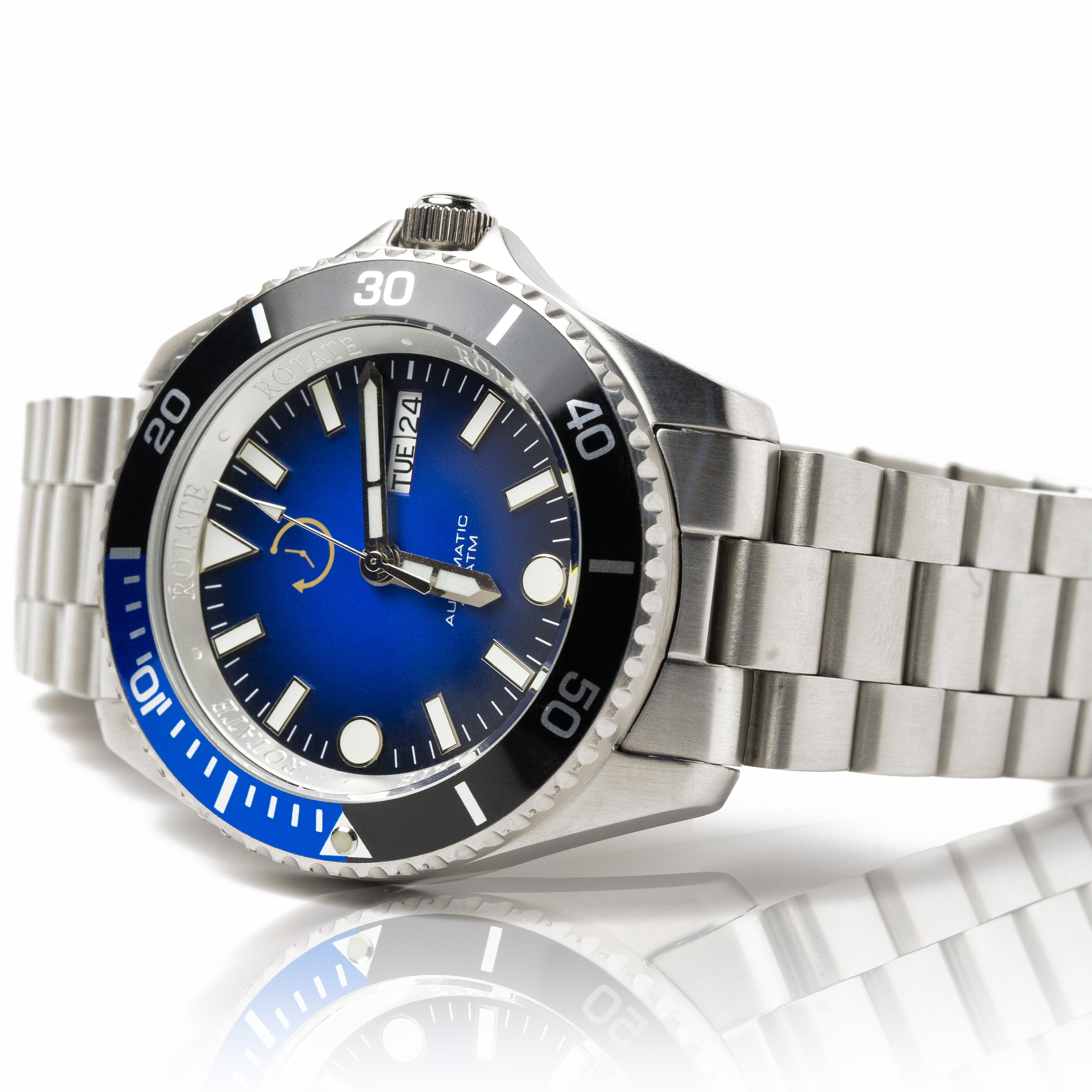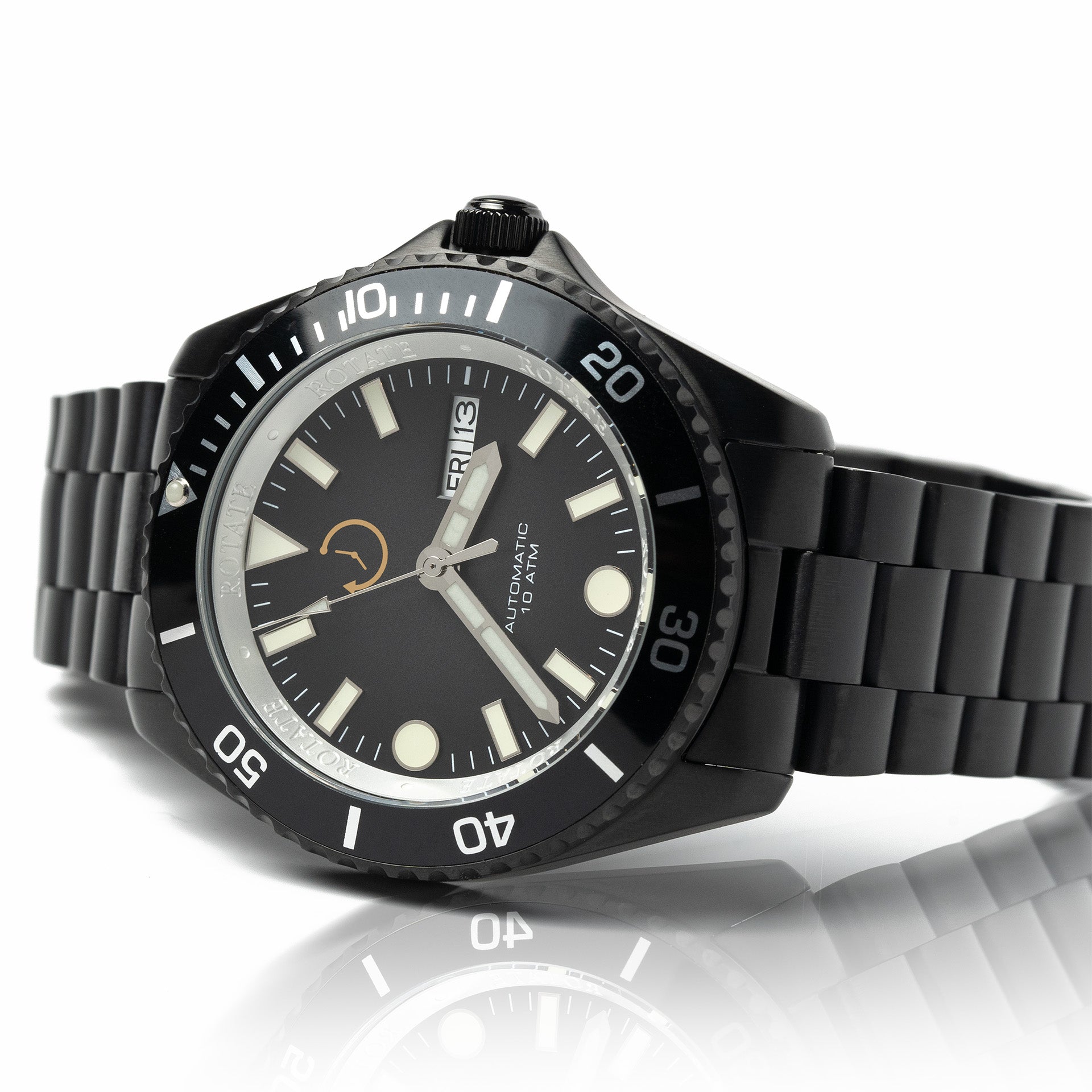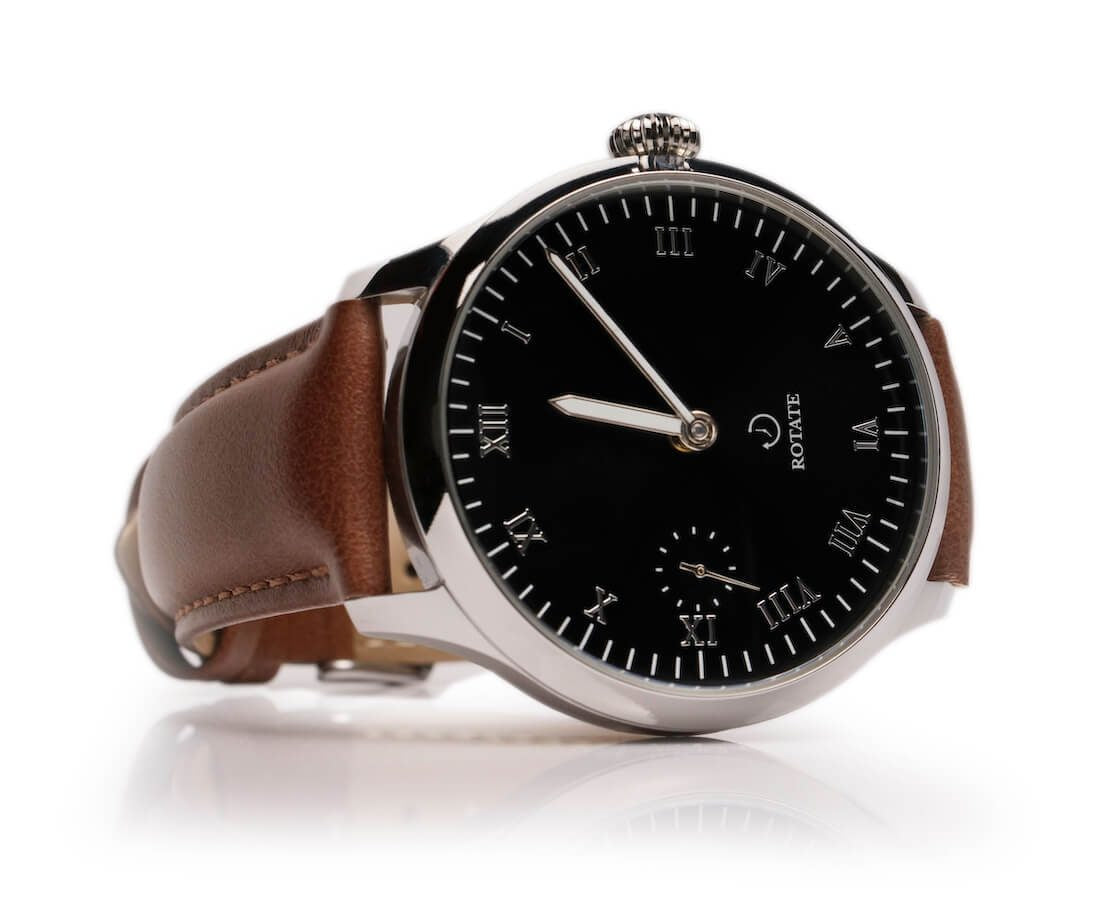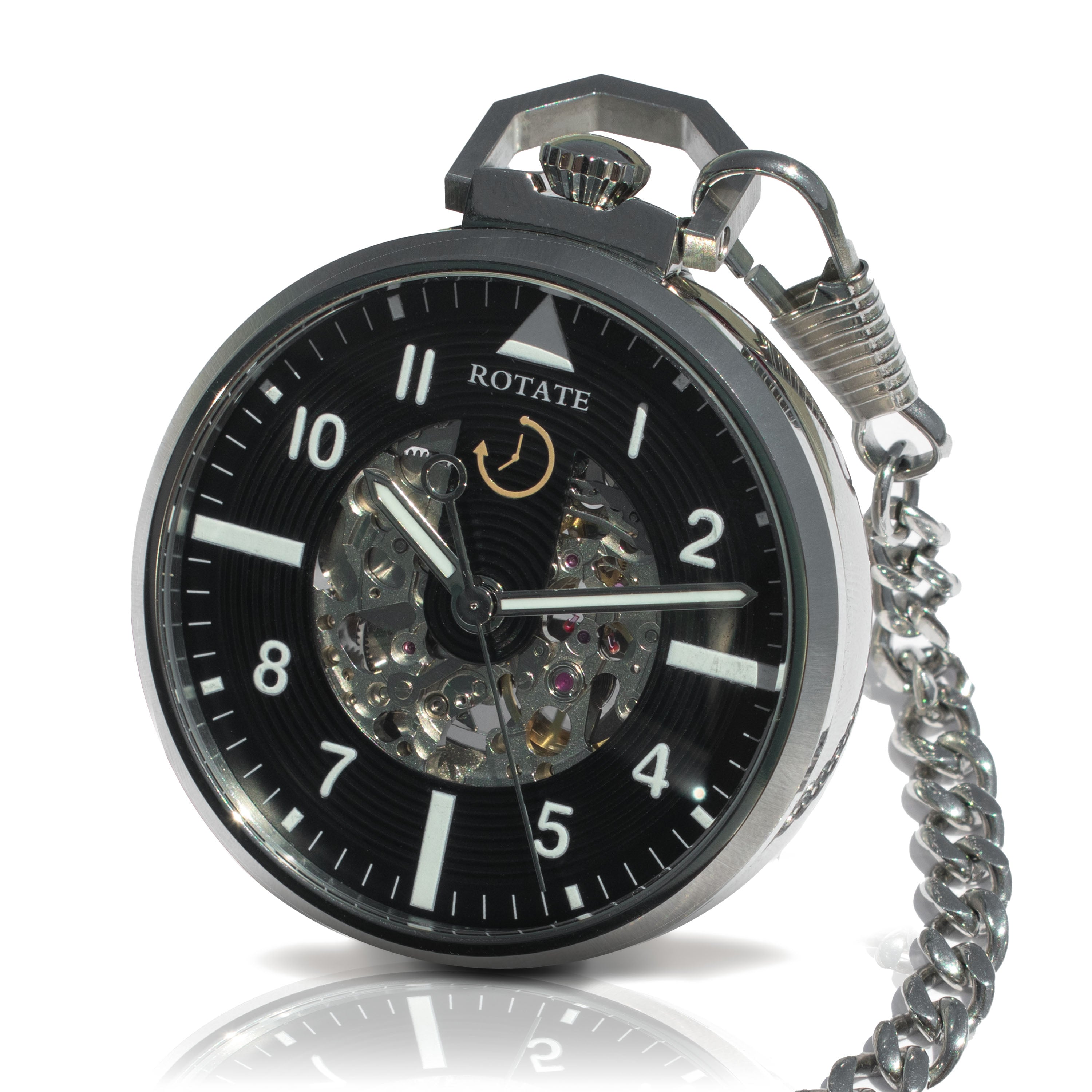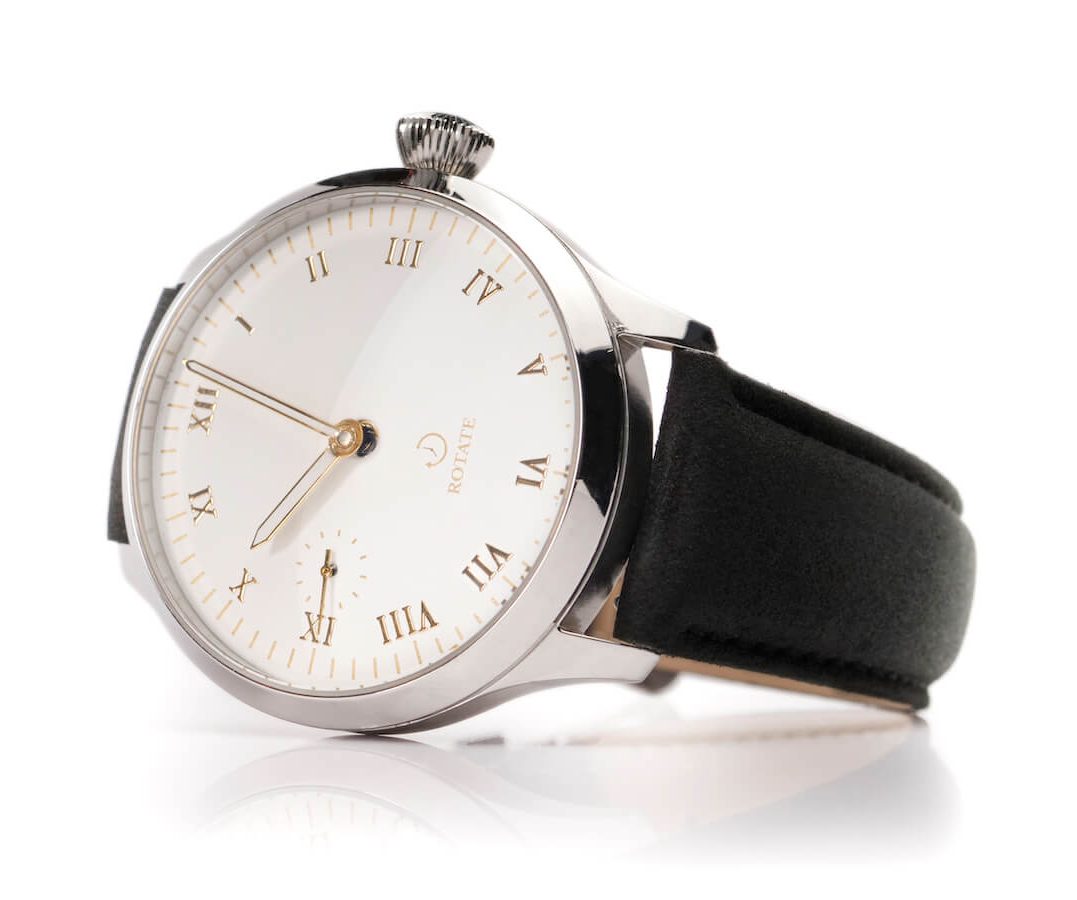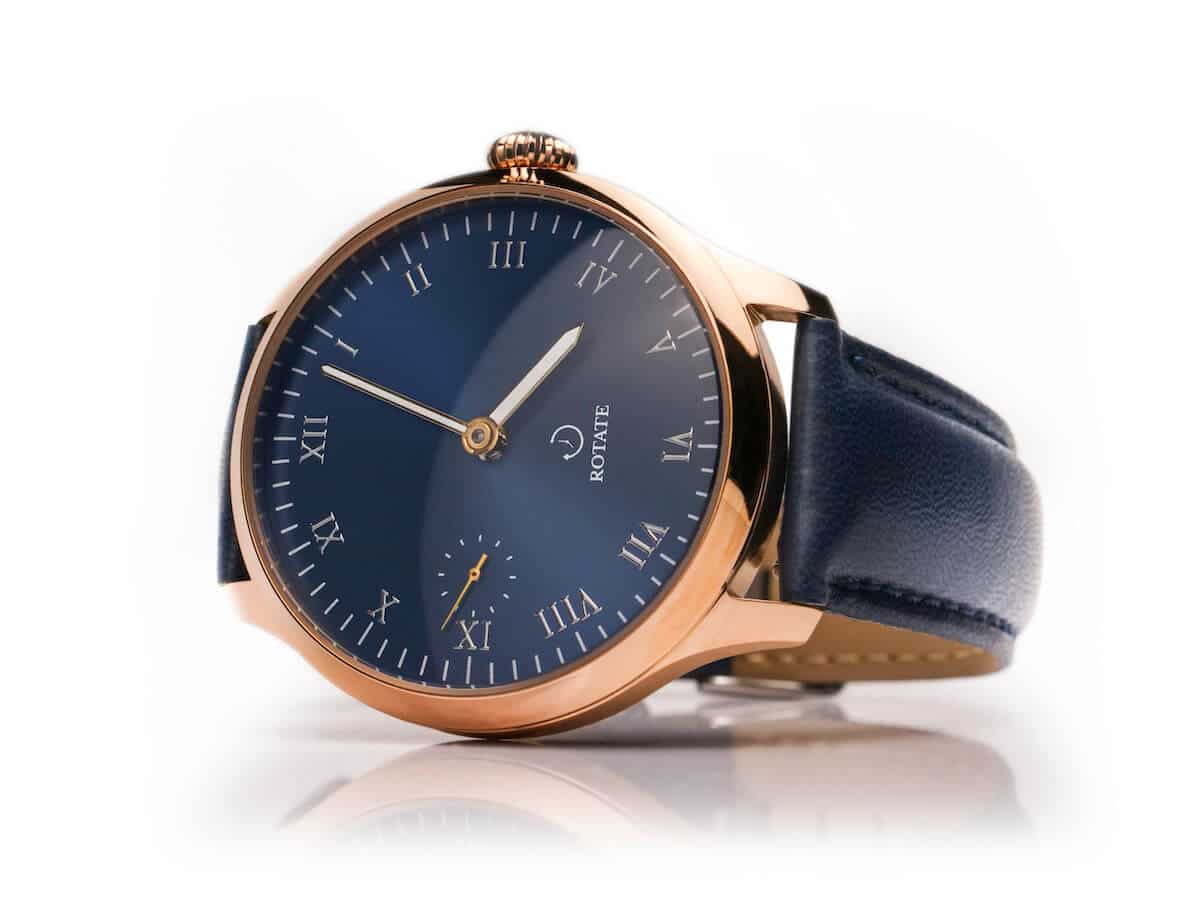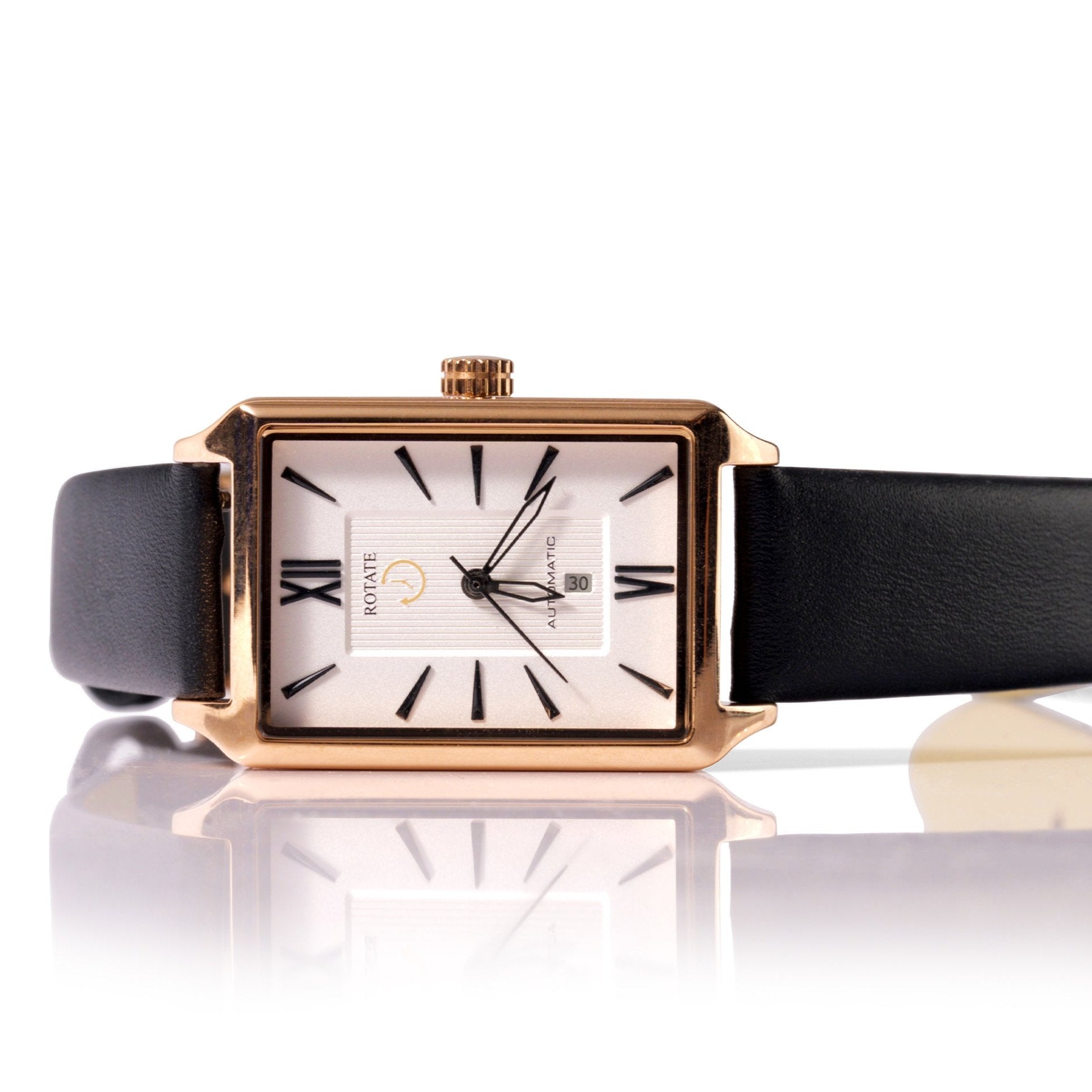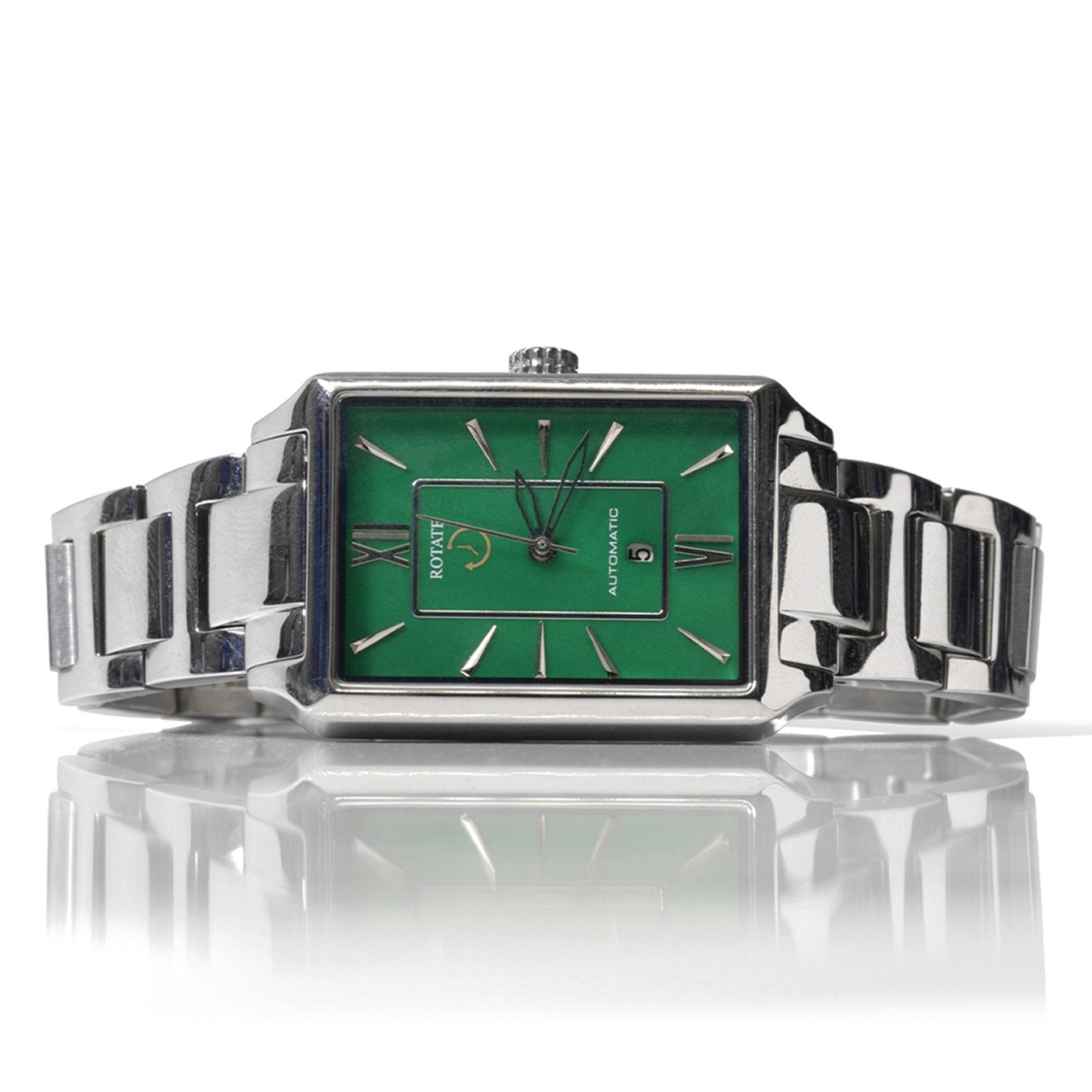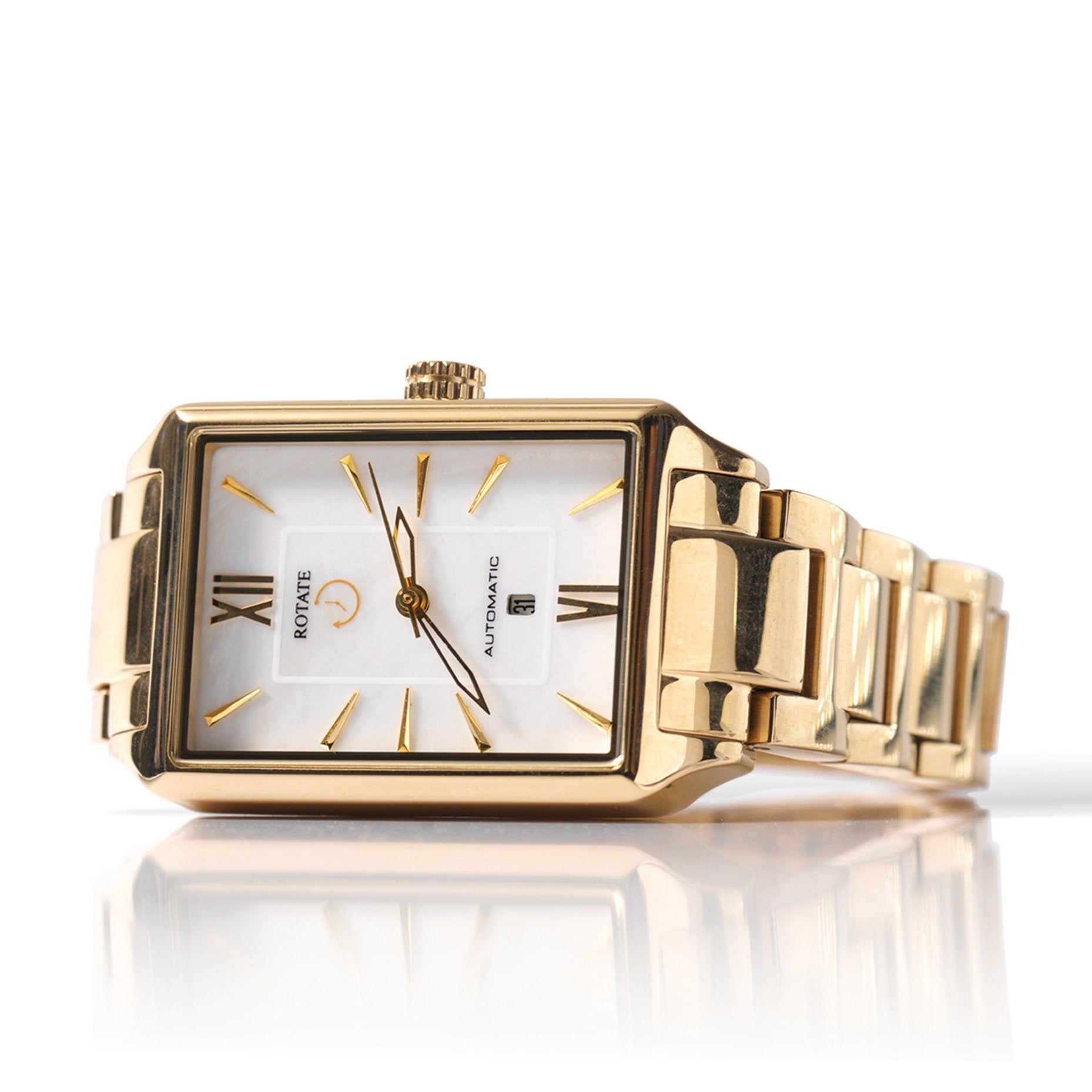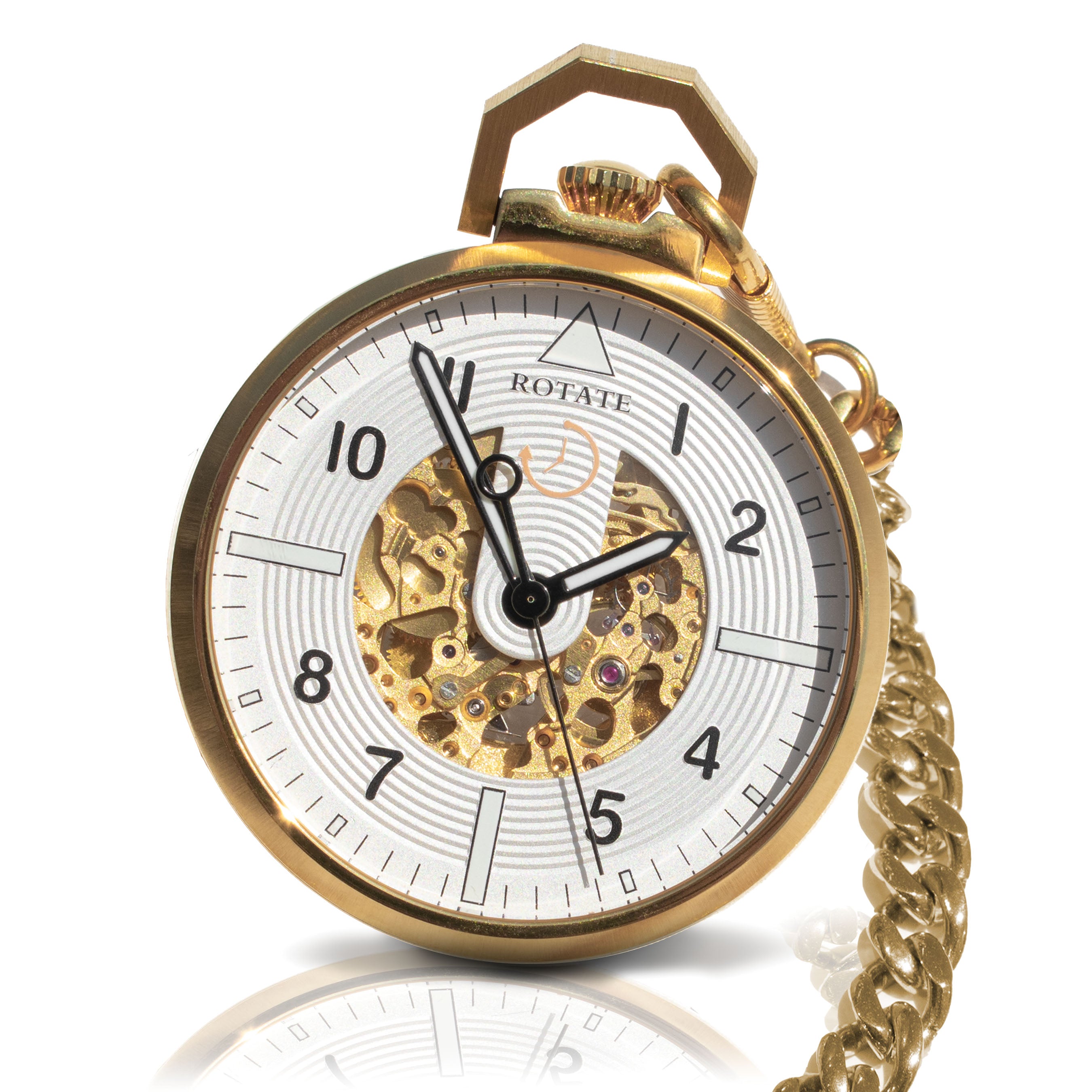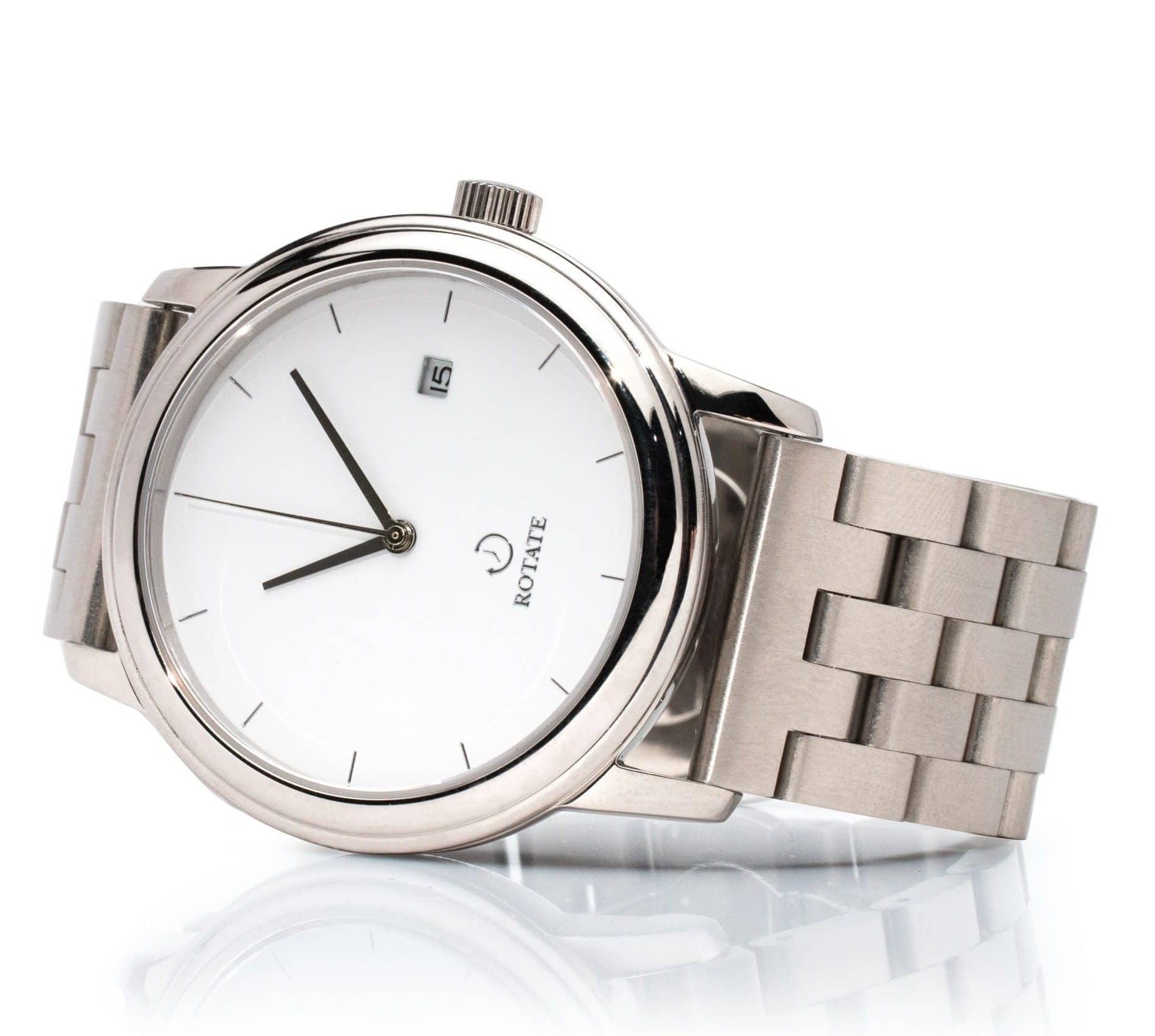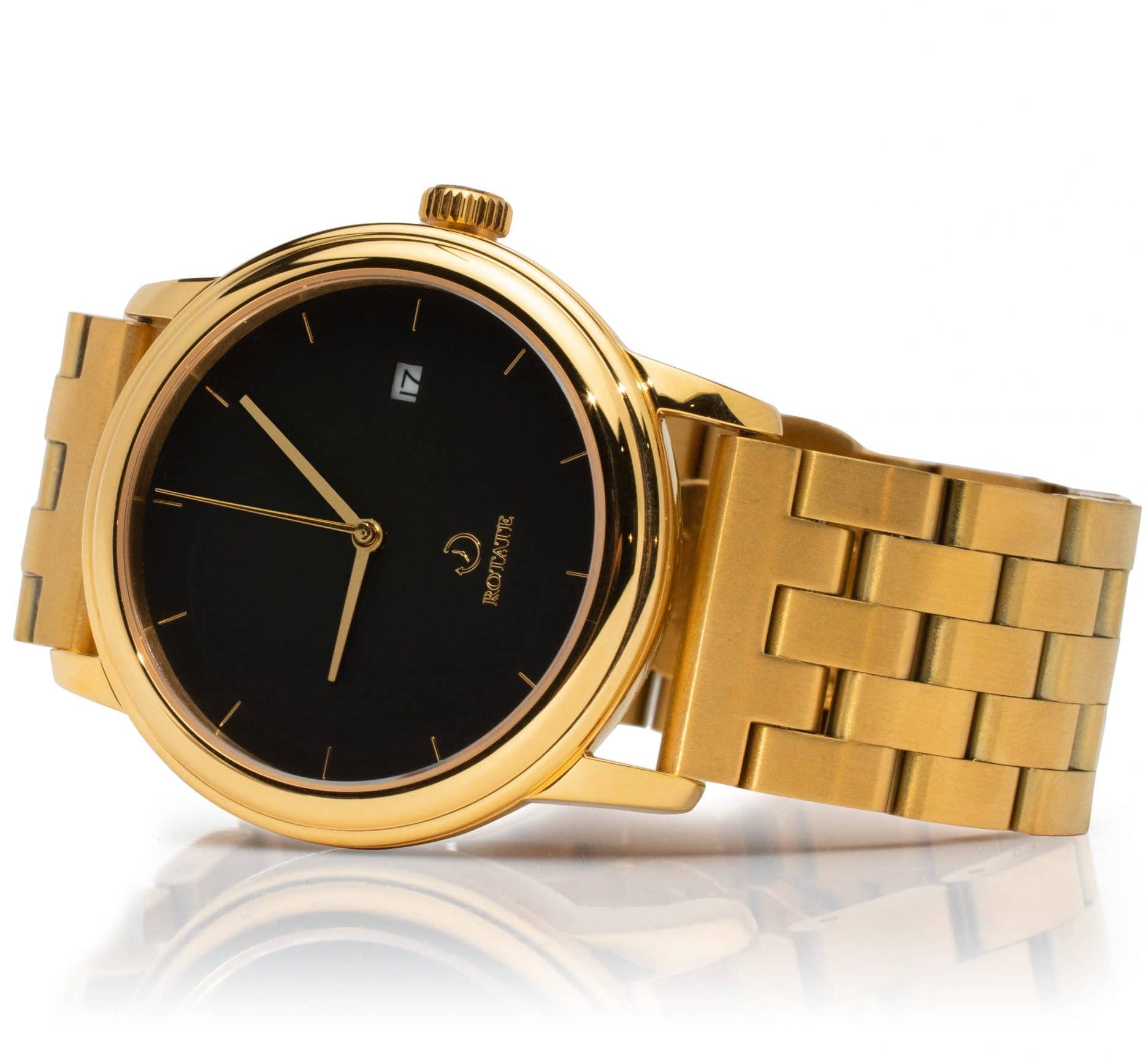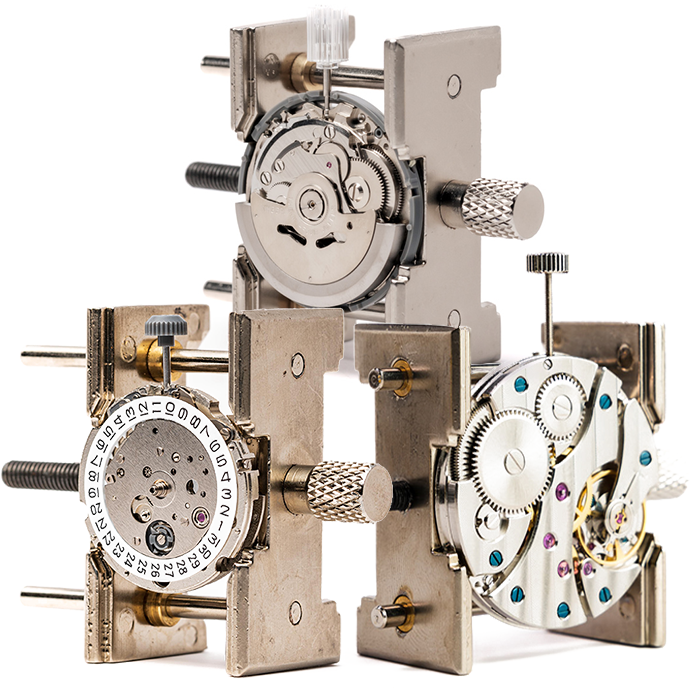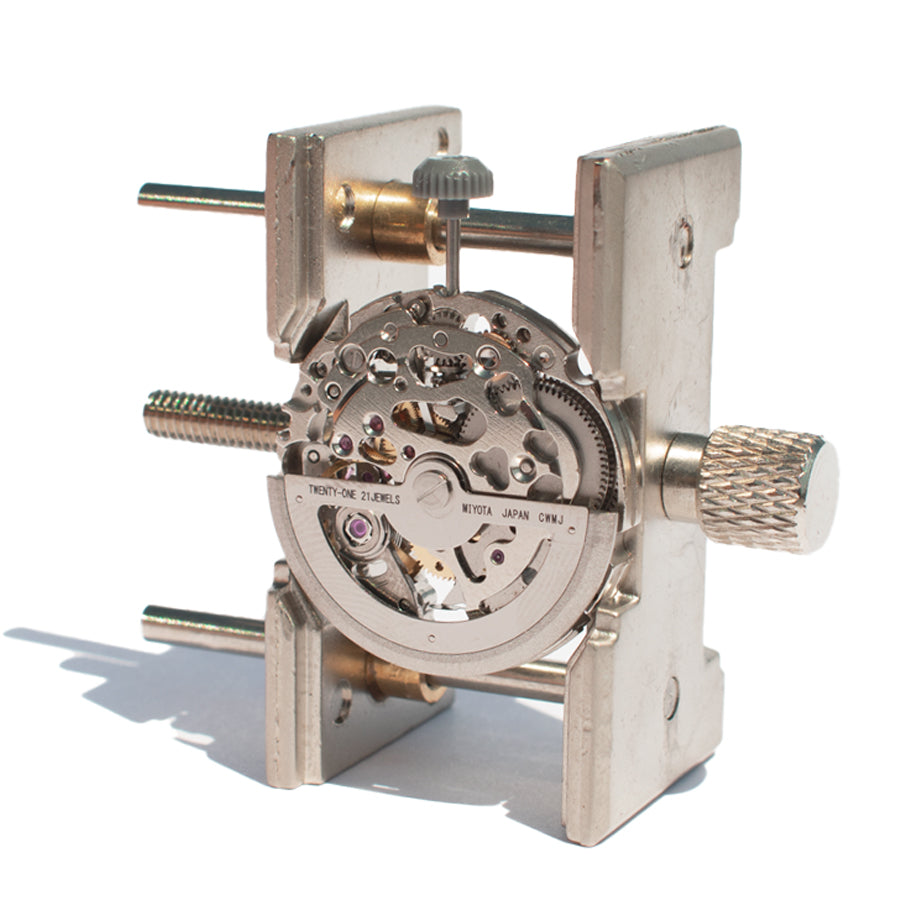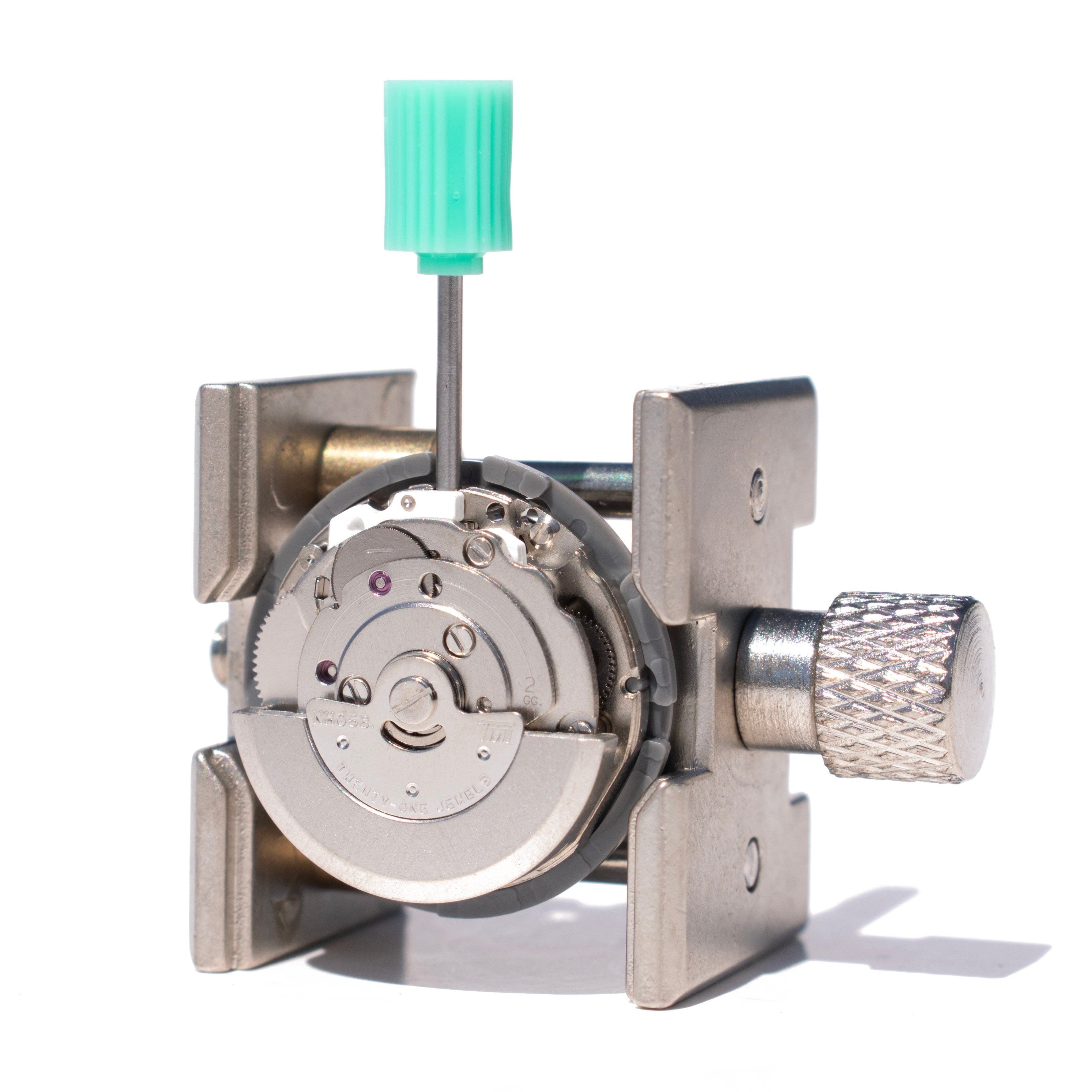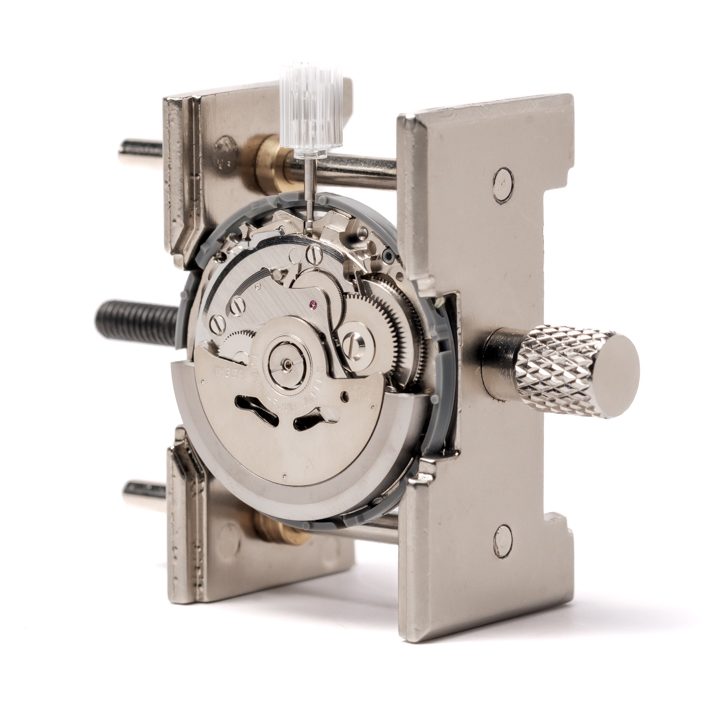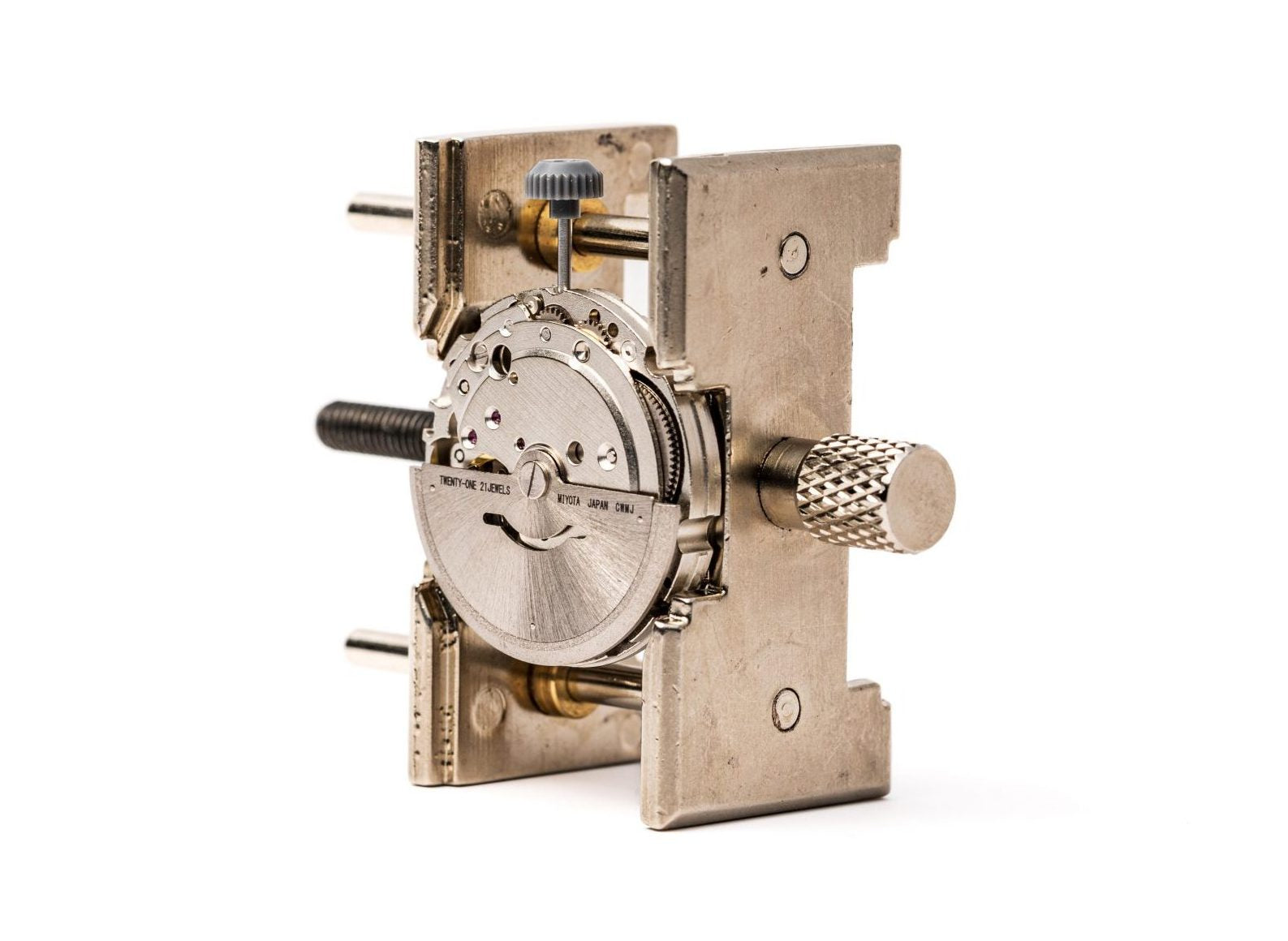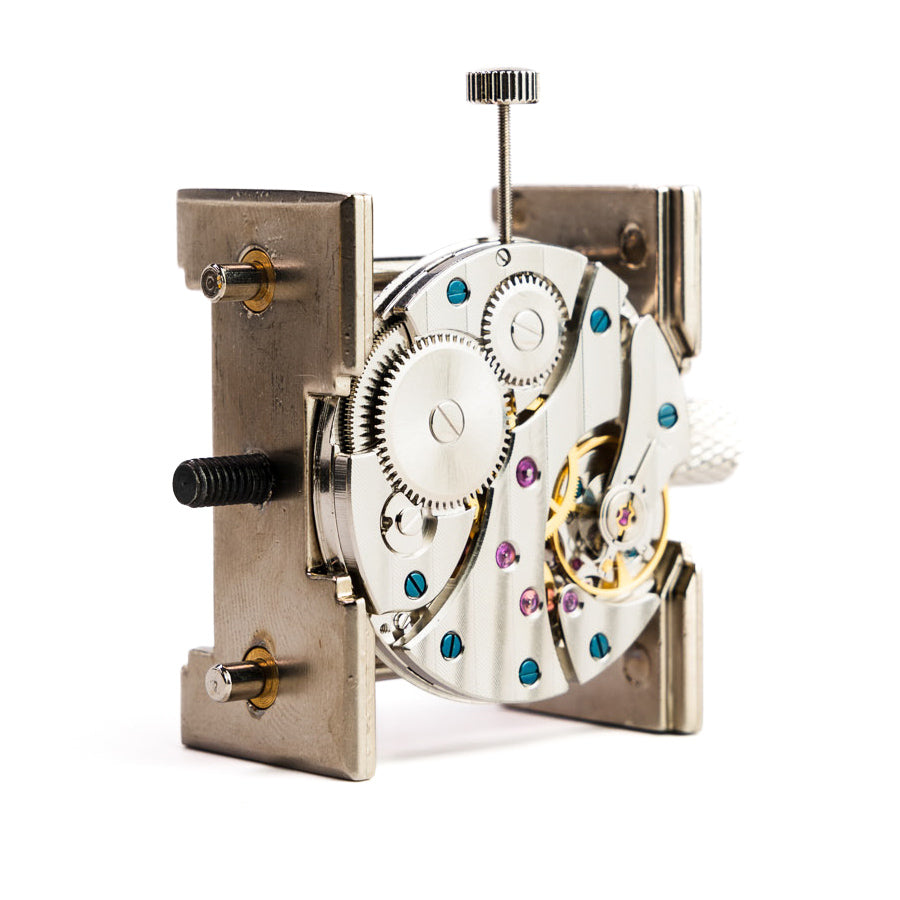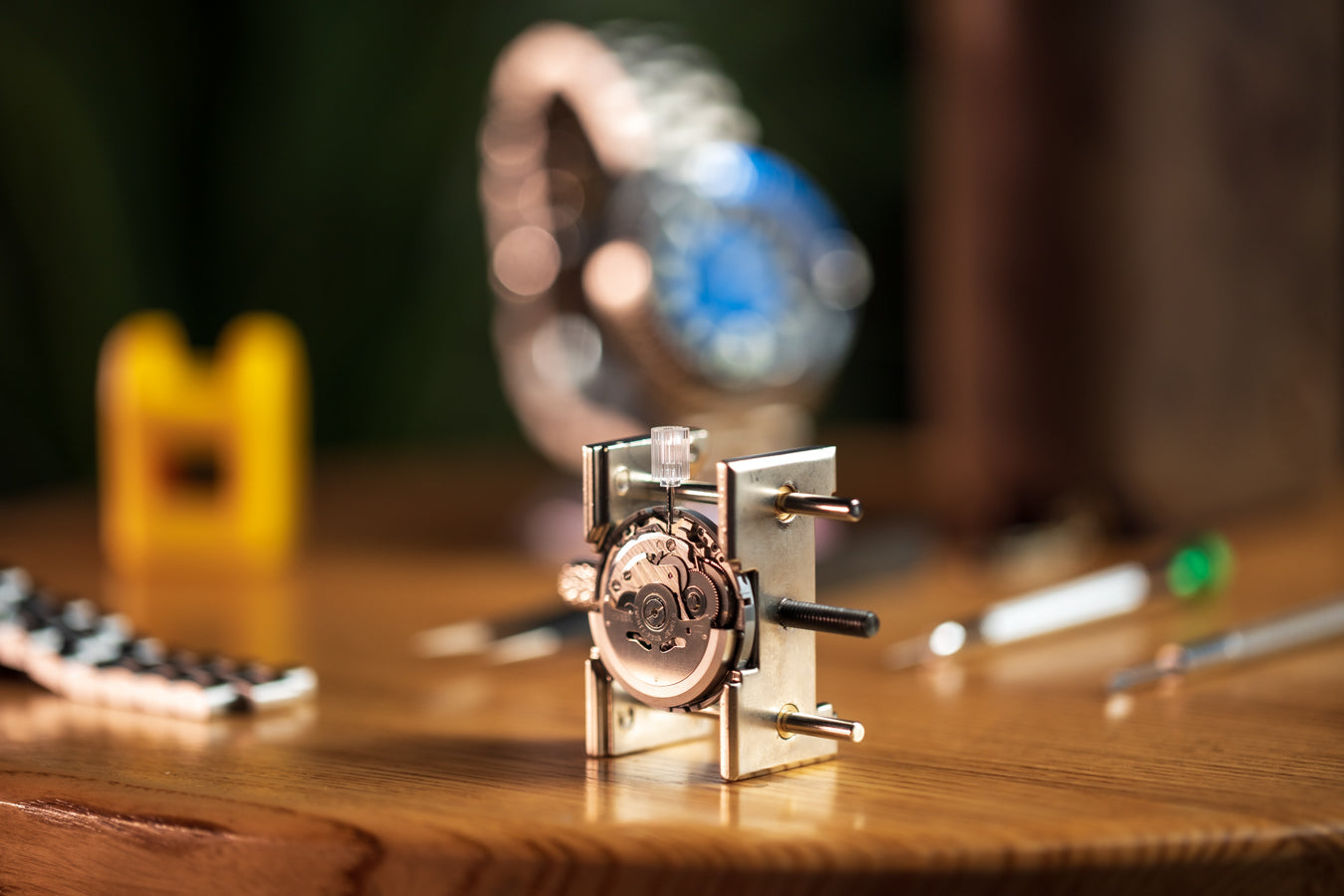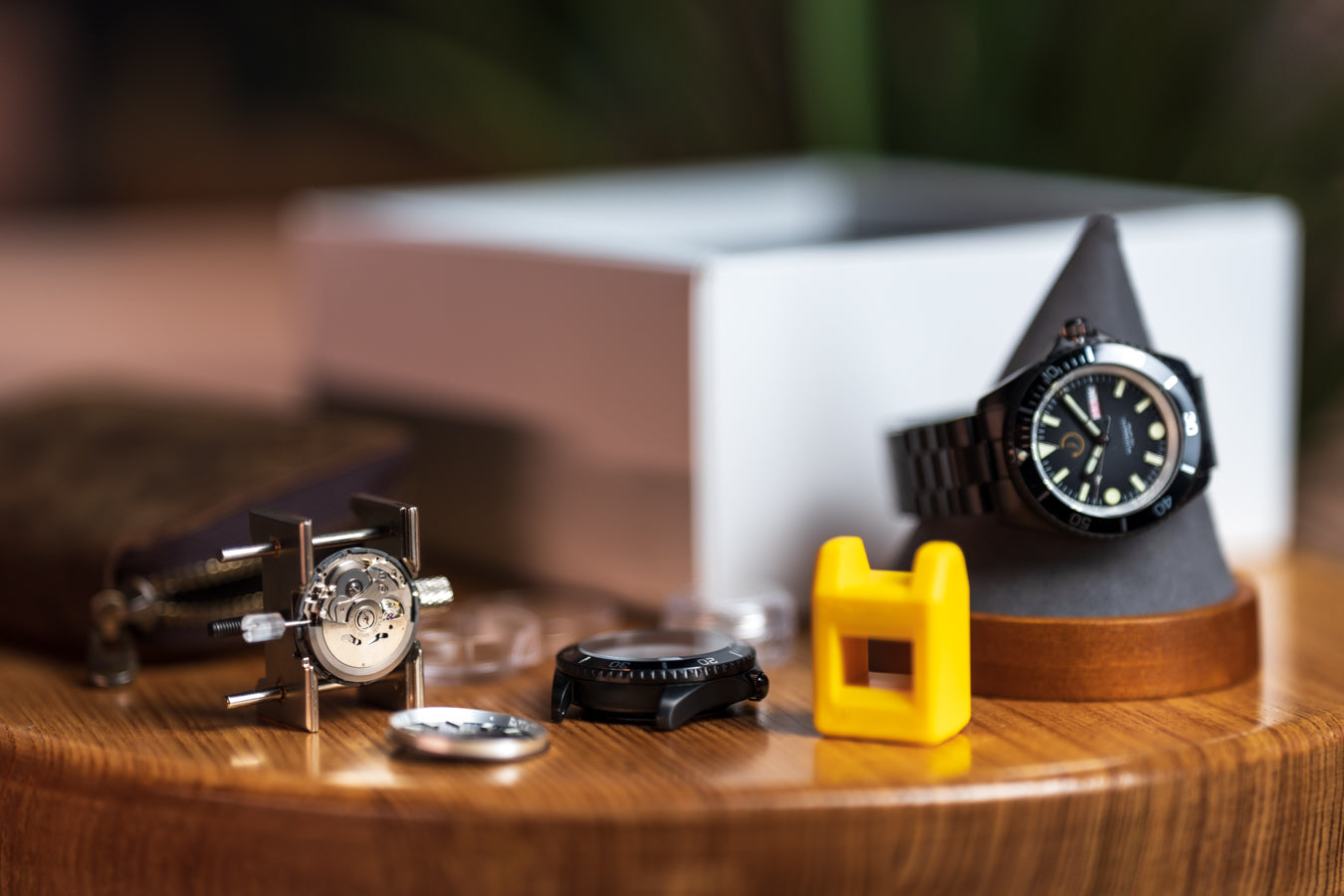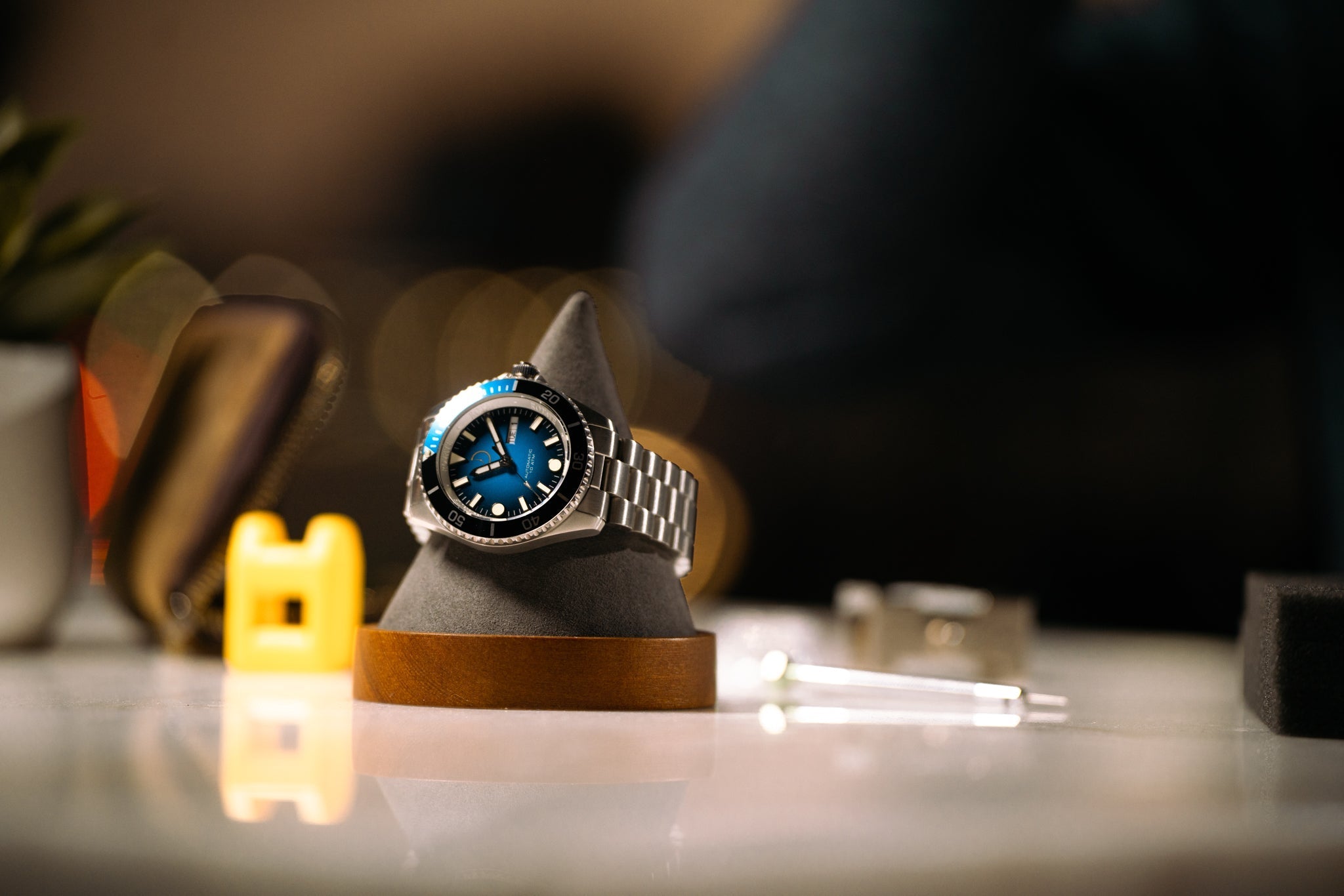
The History of Watchmaking: From Sundials to Smartwatches
The history of watchmaking spans thousands of years, beginning with the earliest forms of timekeeping such as the sundial and water clock. Over time, watches evolved to become portable, accurate timepieces that could be carried on the person. Today, we have entered a new era of watchmaking with the rise of smartwatches. In this article, we’ll explore the history of watchmaking and how it has led to the modern smartwatch.
The earliest forms of timekeeping were based on the movement of celestial bodies, such as the sun and stars. The sundial, invented over 3,500 years ago, used the position of the sun to tell time. Water clocks were also used in ancient civilizations, where water was used to measure the passage of time.
As technology advanced, so did the development of watches. The first portable watches were invented in the 16th century, and were worn as a pendant around the neck. These early watches were not particularly accurate, and often lost or gained time throughout the day.
It wasn’t until the 18th century that watches began to be produced in large quantities, thanks to the development of the mass production techniques. This made watches more affordable and accessible to a wider range of people.
Over the next few centuries, watchmaking continued to evolve, with the invention of the chronograph and other new technologies. In the 20th century, the quartz watch revolutionized the industry with its incredible accuracy and low cost.
Today, we have entered a new era of watchmaking with the rise of smartwatches. These watches combine traditional watchmaking techniques with modern technology, allowing wearers to track their fitness, receive notifications, and even make phone calls directly from their wrist.
In conclusion, the history of watchmaking is a long and fascinating one, filled with innovation and invention. From the sundial to the smartwatch, watches have evolved to become an integral part of our daily lives. As technology continues to advance, it’s exciting to think about what the future of watchmaking may hold.
FAQs
Q1: What were some of the earliest forms of timekeeping before mechanical clocks?
A: Sundials, water clocks, and hourglasses were among the earliest methods of tracking time, relying on natural phenomena like the sun's movement or the flow of water.
Q2: When did the first portable watches appear, and what were they like?
A: Portable clocks emerged in 16th-century Europe, initially as pendants worn around the neck. These early timepieces were often spring-powered but lacked the accuracy of later developments.
Q3: What key advancements led to the mass production of watches?
A: The Industrial Revolution and advancements in machine tooling during the 18th and 19th centuries facilitated mass production, making watches more accessible and affordable.
Q4: How did the quartz watch revolutionize the watch industry?
A: Introduced in the 20th century, quartz watches offered significantly greater accuracy and affordability compared to mechanical watches, disrupting the traditional market.
Q5: Beyond smartwatches, what other recent innovations are shaping modern watchmaking?
A: New materials like silicon and carbon fiber, along with advancements in movement technology and micro-engineering, continue to push the boundaries of watch design and performance. Independent watchmakers are also playing a significant role in innovation.


